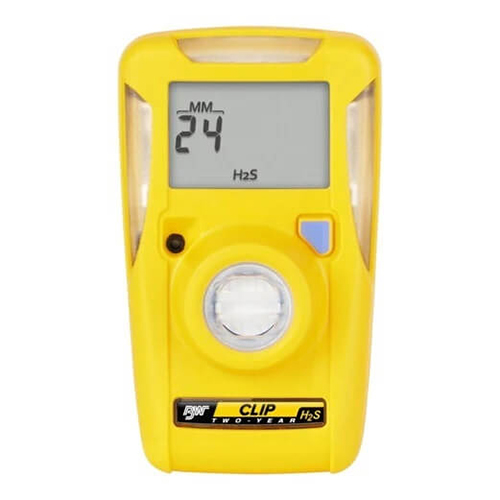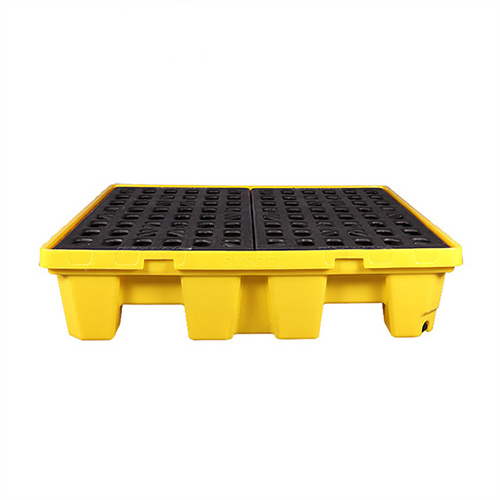Specifications:
- Materials:
- Absorbent Fibers: Made from materials like polypropylene or cellulose, which are highly effective at absorbing various chemicals.
- Sorbent Properties: Engineered to absorb and retain large volumes of liquid, even under pressure.
- Features:
- High Absorption Capacity: Designed to quickly soak up and contain hazardous chemicals, reducing the risk of spreading.
- Durable Construction: Robust enough to handle heavy-duty spills and resist tearing or disintegration during use.
- Chemically Resistant: Effective against a wide range of chemicals, including acids, bases, oils, and solvents.
- Ease of Use: Lightweight and flexible, allowing for easy placement and maneuvering around spills.
- Disposal: Can be easily bundled and disposed of according to environmental regulations after use.
- Design:
- Sizes and Shapes: Available in various sizes and shapes to suit different types of spills and application needs, such as pads, rolls, or pillows.
- Color Coding: Often color-coded to indicate the type of chemical they are designed to absorb (e.g., yellow for hazardous liquids, white for general purpose).
- Compliance:
- Standards: Meets relevant safety and environmental regulations for chemical spill response and management.
Applications: Ideal for use in laboratories, industrial settings, chemical processing areas, and any environment where hazardous liquids are handled. Chemical absorbent pads are crucial for effective spill response, ensuring a cleaner and safer workspace by quickly containing and managing chemical spills. They help maintain safety, prevent environmental contamination, and support compliance with safety regulations.








